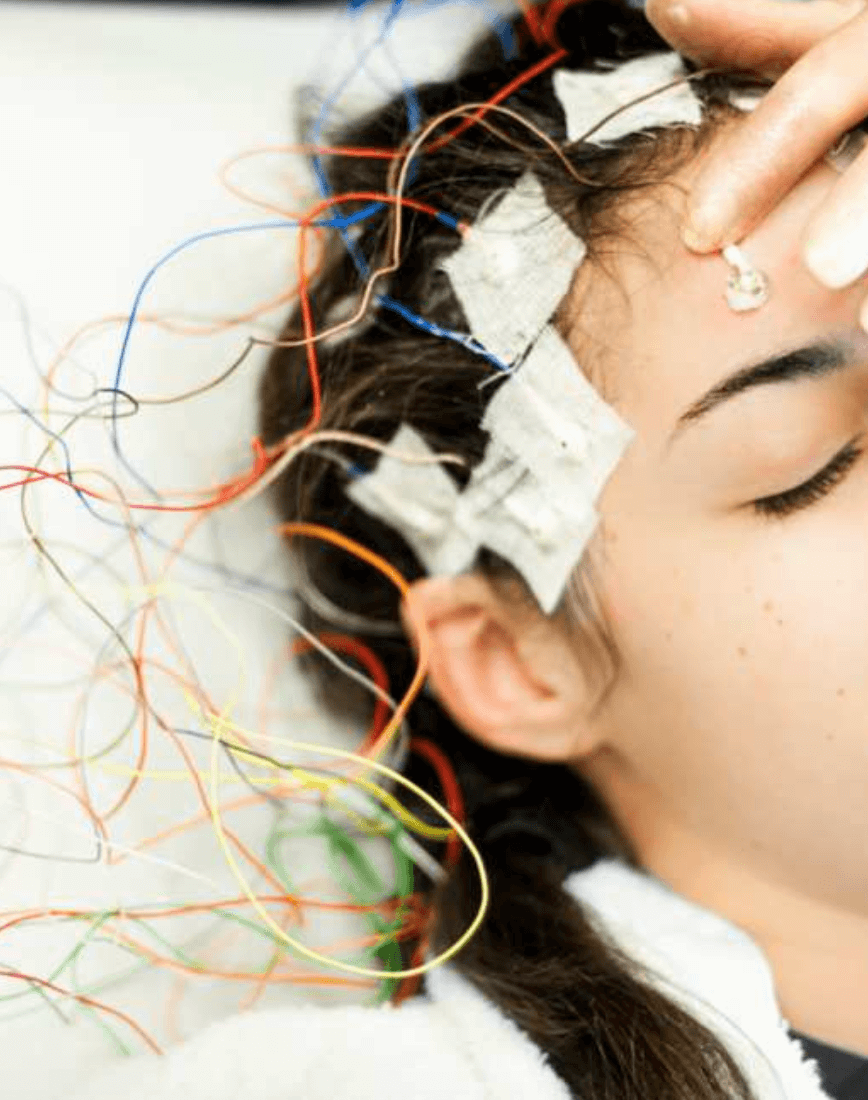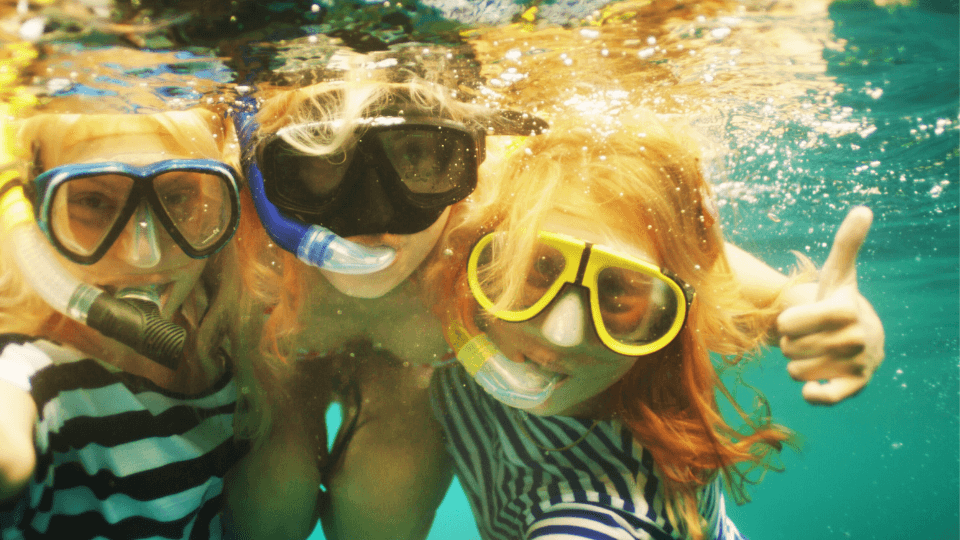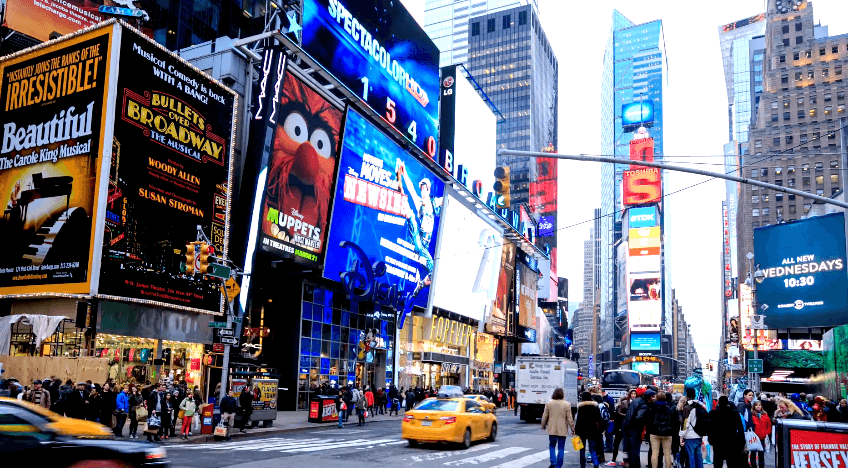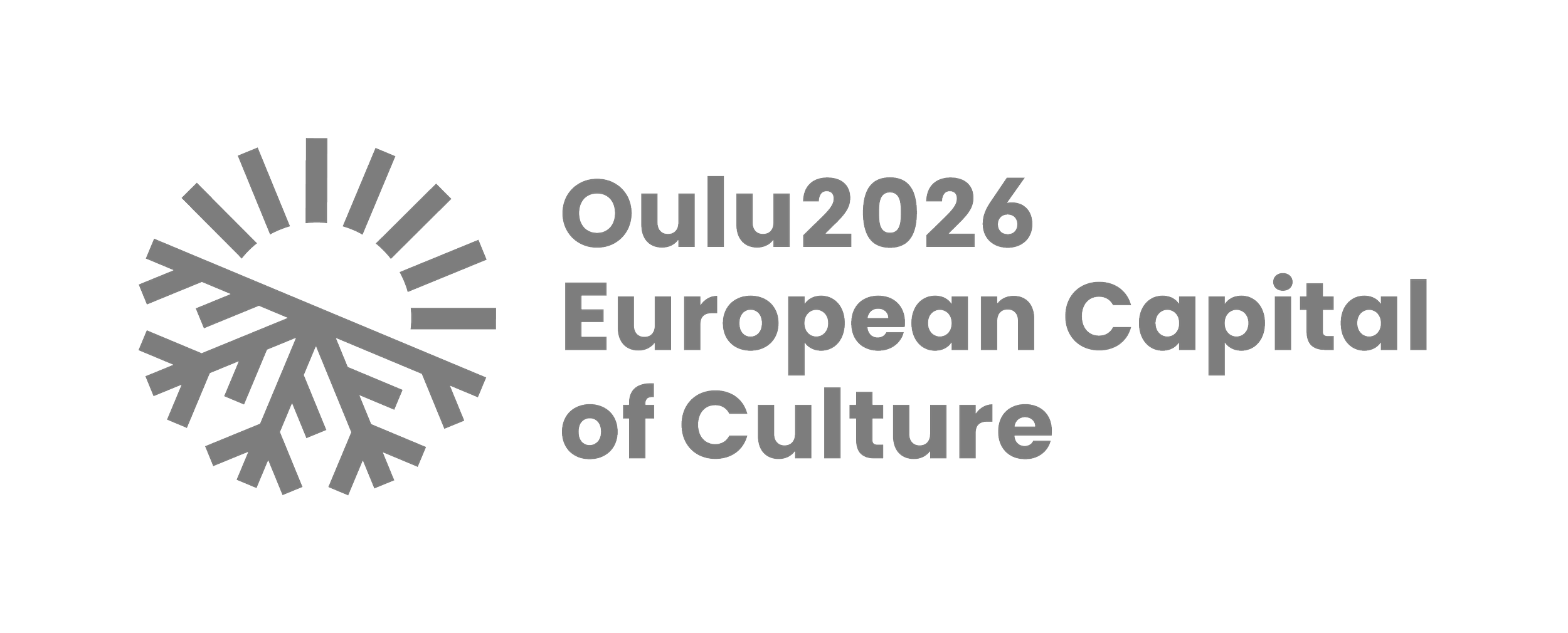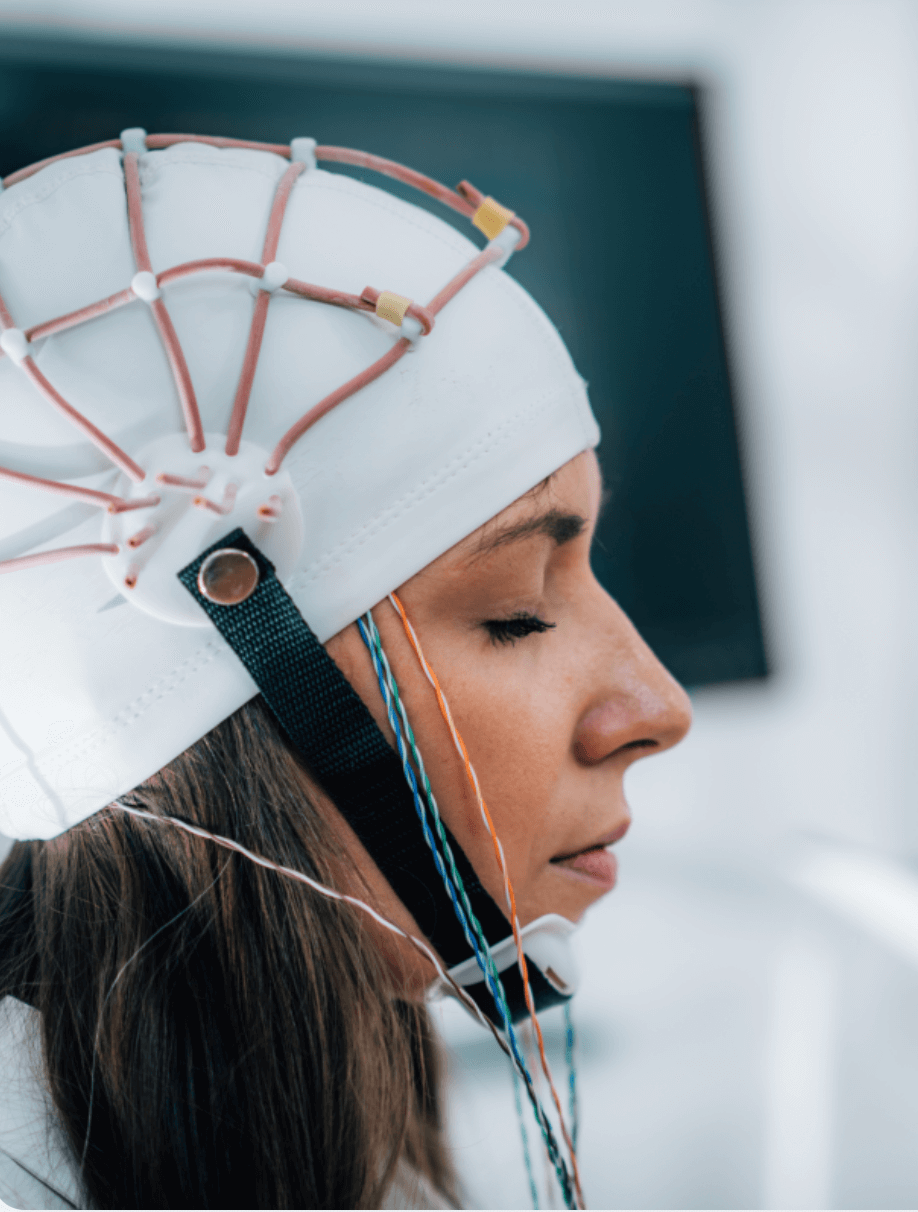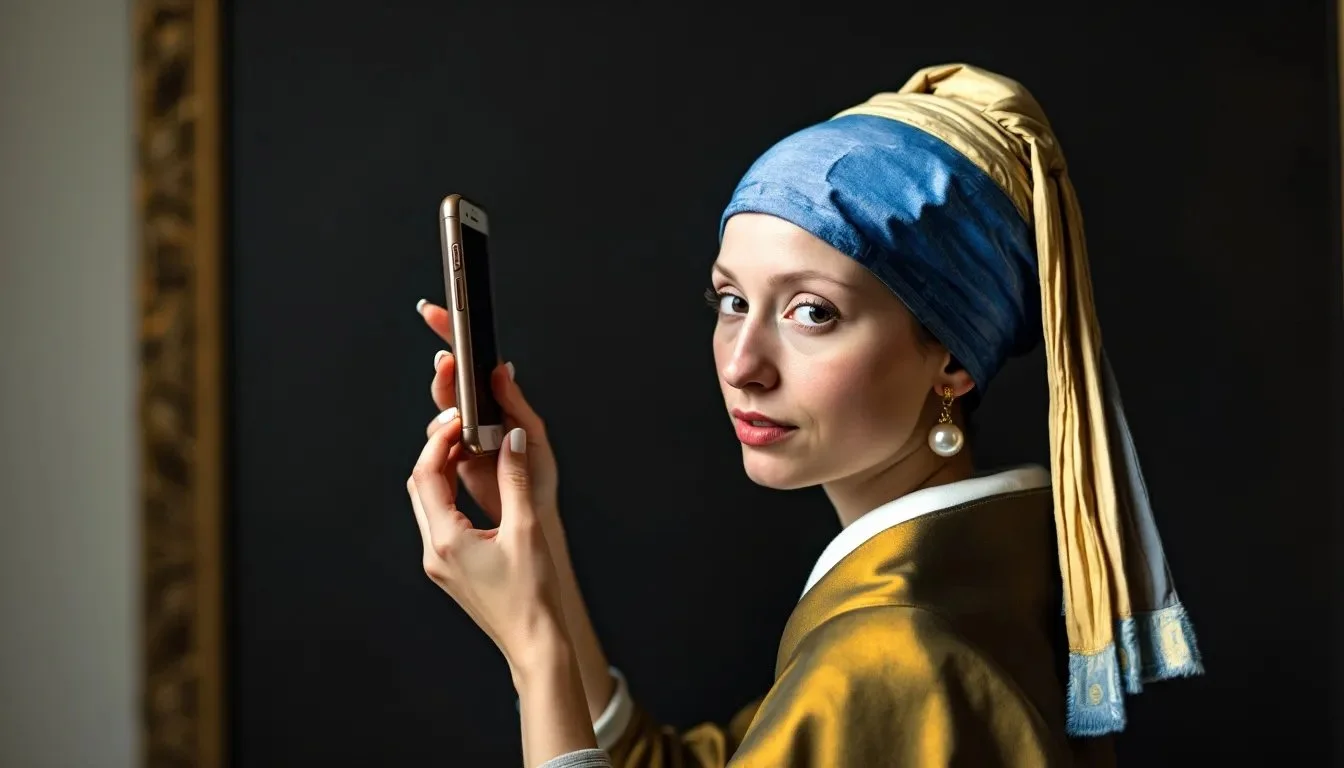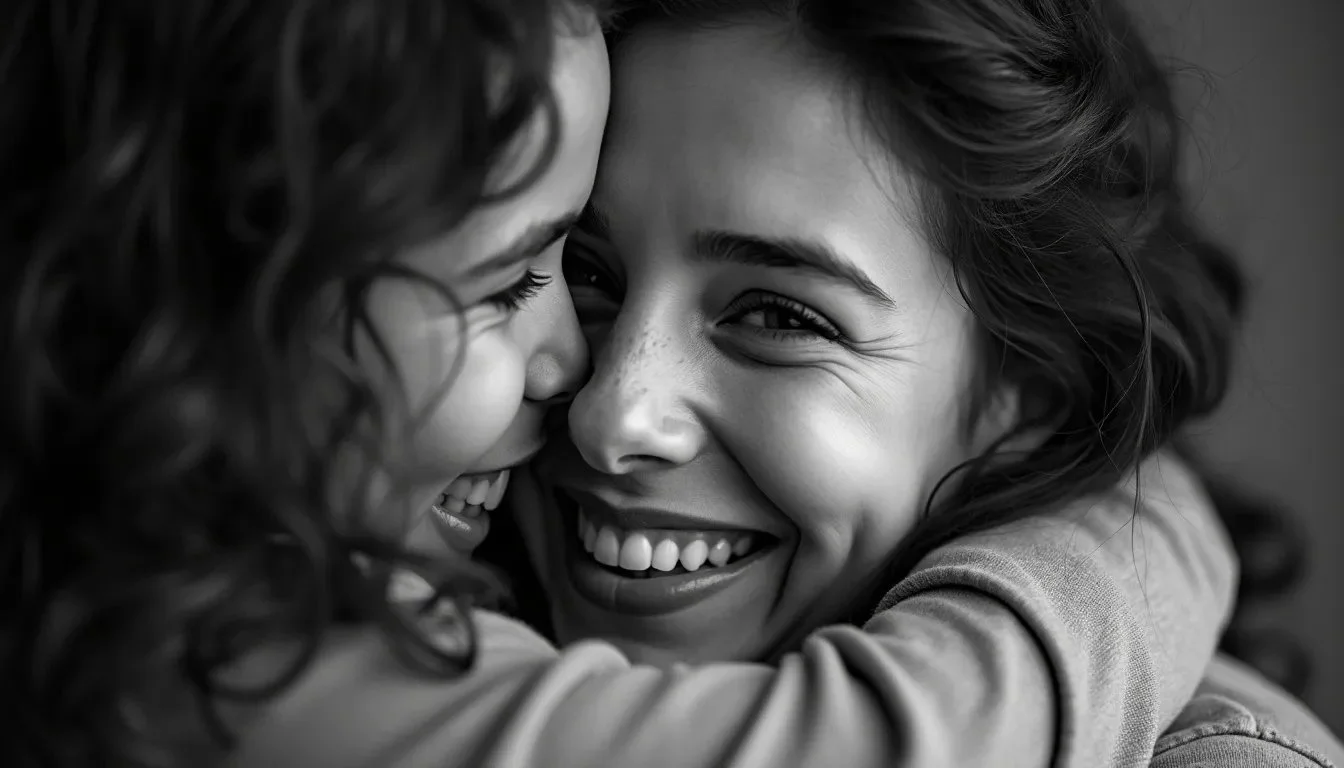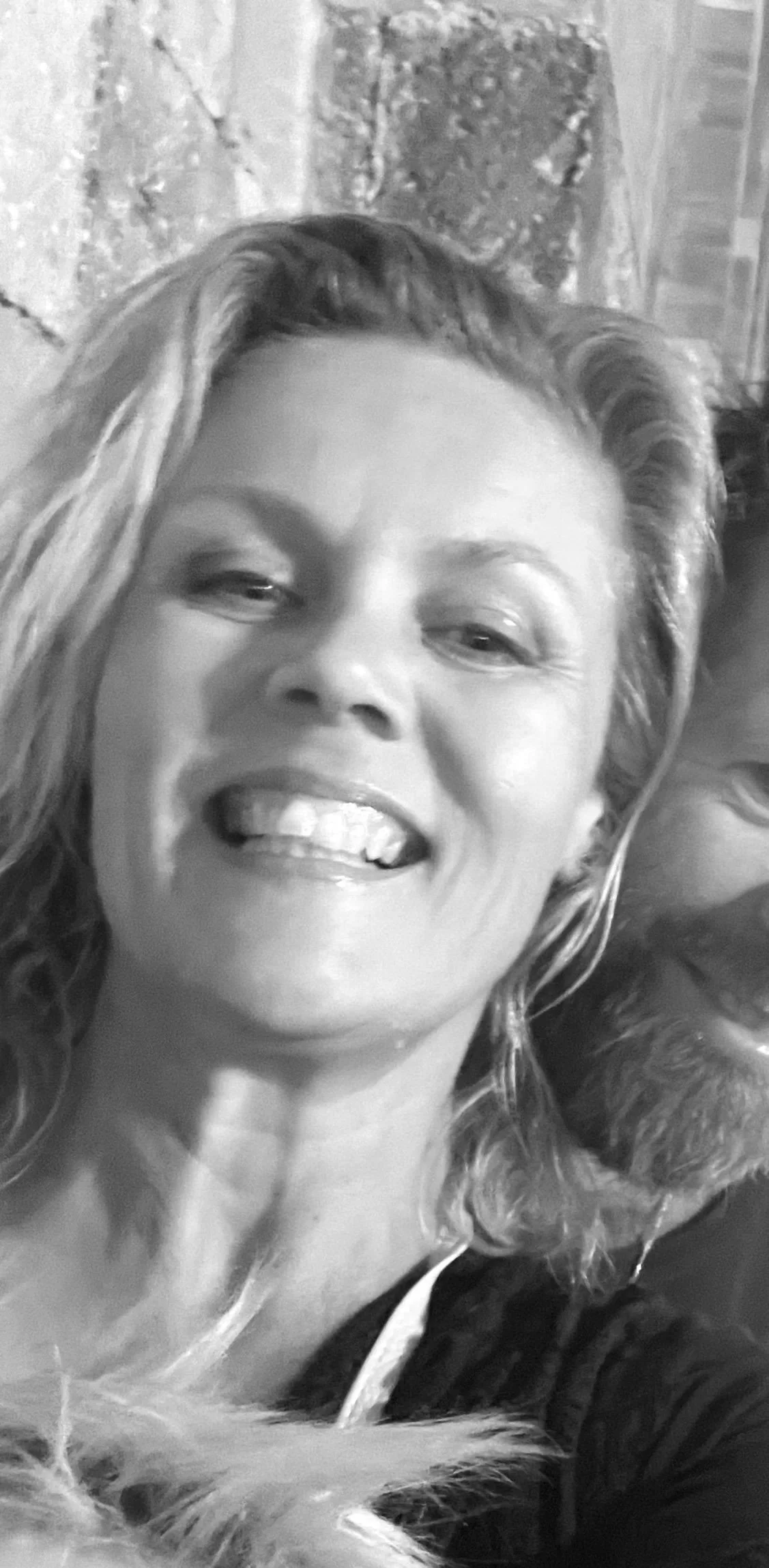Design
Meets
Neuroscience
Designing with science can cut errors (88%*), save time, resources, and – yes, lives.
I’m a PhD Researcher with 27+ years in design & story. I create with leaders, radical empathy and Finnish Sisu to co-build connection and trust.
*Sources: Kliger et al., 2009; 2012.
Design
+Neuroscience
& Empathy
=Trust
I use neurodesign to help organizations and societies cut errors, build trust and design systems our brain actually wants to use.
The Next Gen Design starts from there, with ethics and empathy, and it aims for trust and belonging.
My areas in Designing with Science: Neuroscience of
Innovation & Radical Creativity
Storytelling
Strategy
Human-Centered Design
Radical Empathy
Team Dynamics
Engineering
Design & Architecture
Worked with
Work
+Thinking
I have an incurable curiosity on how our brain responds to design.
With neurodesign we can rewire our societies, systems and brands to support wellbeing, sustainability and efficiency.
Call me crazy, but we can do it. (I do come with Finnish Sisu*, insane, stoic determination.)
My “why”?
Planet Earth is still our Plan A, right? (Mars is too far. Besides, it’s booked.)


